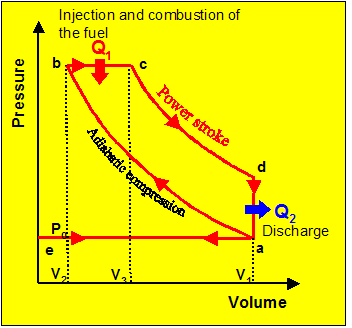 |
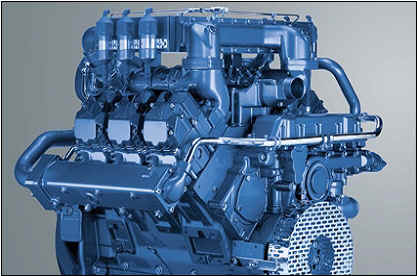 |
 |
 |
In a diesel engine, the air is compressed adiabatically of a factor from 15 to 20. This compression increases the temperature until the temperature of ignition of the mixture of fuel which is formed by injecting fuel once that one compressed the air.
 |
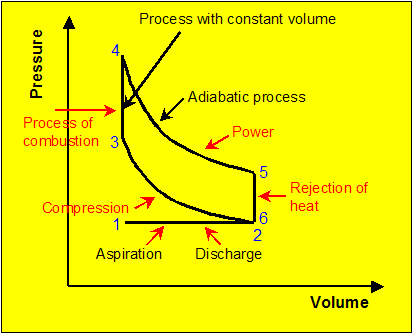 |
In the Otto cycle the mixture of air and gasoline is taken with pressure, then compressed adiabatically and lit (3-4) with constant volume; the course of work is 4-5, and in 5-6 the fume is discharged.

The gas turbine is a usual example of a system with open Brayton cycle. The air is aspired in a compressor, is heated and relaxed through turbine, and is discharged in the atmosphere.
The Brayton cycle is not only used in the turbines of plane, but also in the gas turbines used to produce electricity.
Sometimes it is important to use small differences in temperature. The invention of pastor Robert Stirling is equipped with two pistons and uses either the reheating or the cooling of a gas. It reaches an efficiency up to 40%.
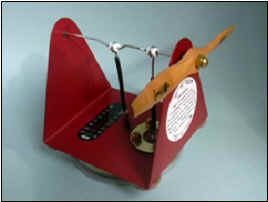 |
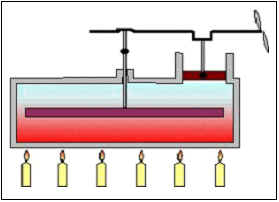 |
These two engines on the right need |
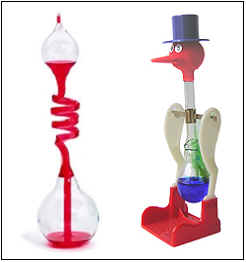 |
The fuel cells are a way "of cheating" on the equation of Carnot. Hydrogen and oxygen are not flarings, but recombined in a chemical way: initially they dissociate in the respective ions and after filter through a special membrane and recombine by giving water and energy. They would be a real alternative to the combustion engines, if the membranes were not expensive and not reliable and it did not have problems of storage for hydrogen.
 |
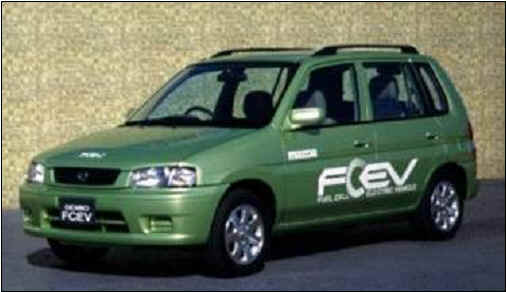 |
Thanks to the heat pump based on the Peltier effect, one can heat or cool dishes attached to our neck. The Peltier effect is a thermo-electric principle where an electrical current makes it possible heat to be absorbed on a side when heat is rejected the different one.
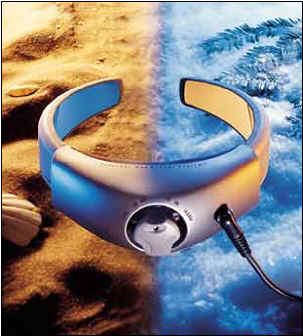
Like that, the question if they is necessary heat or cold for us, Carnot answered: either heat, or cold.